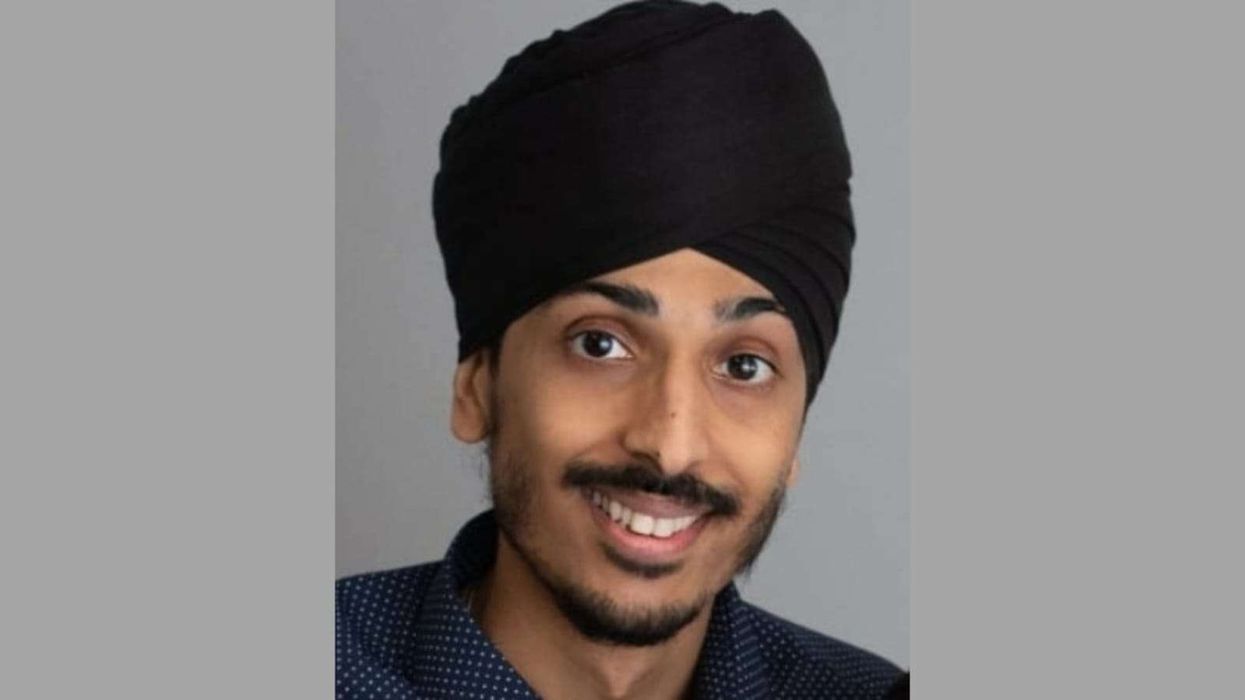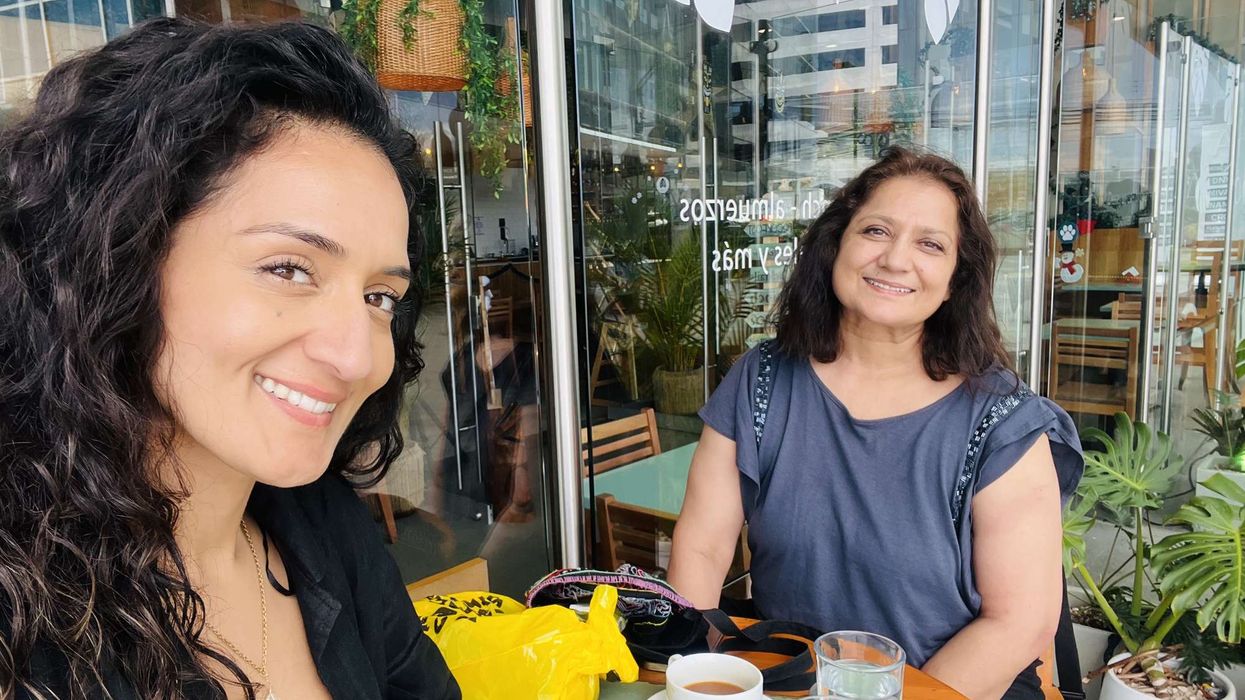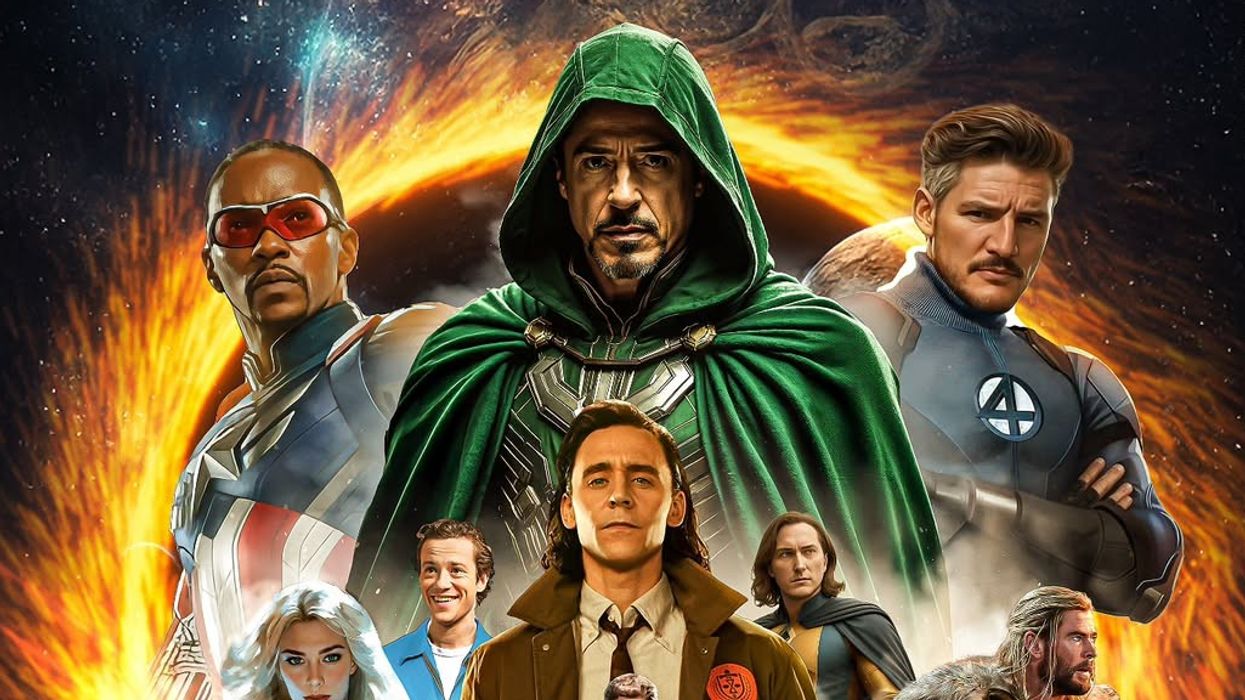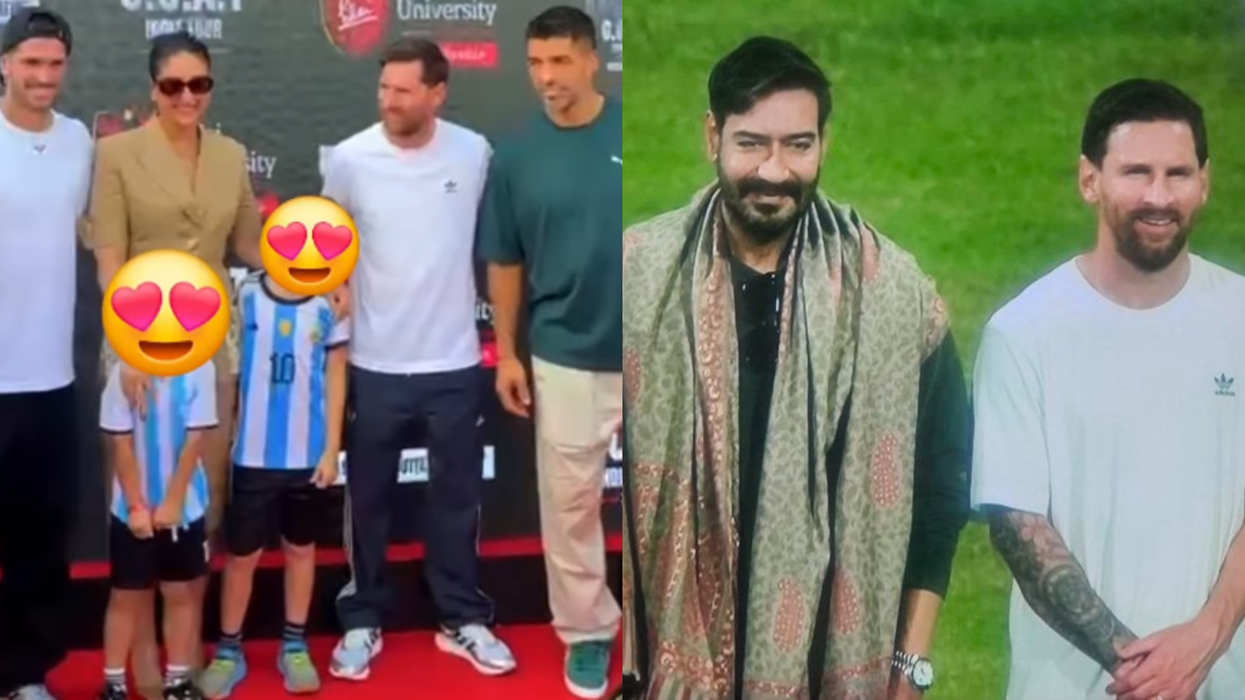AUTHOR AMER ANWAR DISCUSSES HIS WRITING CHALLENGES AND LATEST CRIME NOVEL
by MITA MISTRY
MANY books published by South Asian authors often centre on some sort of cultural conflict and clichéd subjects associated with the grassroots community, but then there are other authors like Amer Anwar with unique voices, writing about universal subjects. He, along with a select group of writers, is smashing Asian stereotypes with novels that offer a new way of thinking.
His two crime novels Brothers In Blood and Stone Cold Trouble are set within the Asian community of Southall, West London, with deeply rooted characters, but offer a new kind of storytelling.
Driven by a strong desire to write about characters he could relate to and real stories, the talented author wrote his crime thrillers and battled through various challenges to get them published.
Eastern Eye caught up with Amer Anwar to talk about his unique writing, storytelling and new crime novel.
What first connected you to writing?
Reading, really. I’ve always been a big reader, since when I was young. Reading stories made me want to write my own, which I did and enjoyed back in middle school. I’d like to think they weren’t too bad for my age. But at high school, creative writing kind of fell by the wayside. It wasn’t seen as important and writing fiction wasn’t promoted. In my teens, I read a fantasy novel called Magician by Raymond E Feist. That was the book that made me want to one day try and write a book myself, though, in reality, I figured that was just a daydream.
Why is that?
Back then, I never thought anyone like me could be an author. I didn’t see anyone from my sort of background doing it and certainly not writing books I liked to read, so it wasn’t something I thought I could do. I found my creative outlet in graphical pursuits, instead, and worked on comic books. Then I got into design and art-working for print. But, all the time, I was still a huge reader and wanted to write a book someday.
What reconnected you to writing?
An evening course got me back into writing fiction. I’d been doing some courses to learn the basics of web design and found I enjoyed learning new things in the evening. When those courses finished, I looked for something else and found an introduction to writing fiction class. That led onto a two-year certificate course, then an MA in Creative Writing, both at Birkbeck, University of London, while at the same time starting work on my first novel.
What led you towards your newly released book Stone Cold Trouble?
Well, my publisher liked the first books so much, she asked me to write another one with the same setting and characters. When the first book had received so many rejections, initially, I didn’t pursue the idea of a follow-up and began writing a different thriller, with a new cast of characters. But my publisher wanted another Southall book, featuring my heroes, Zaq and Jags, so I shelved the book I had started and began working on Stone Cold Trouble.
Tell us about the new book?
Stone Cold Trouble is a crime thriller set in West London’s Asian community. It picks up a few months after the end of the first book, Brothers In Blood, and sees our two heroes get mixed up in more trouble. Zaq agrees to help Jags try to retrieve a valuable family heirloom, which is currently in the possession of a rather shady businessman. Then, Zaq’s brother is viciously assaulted and left in a coma, and he vows to find out who was behind the attack. Unfortunately for Zaq and Jags, both of the things they’re seeking land them in more trouble than they expect. The book was picked as a Thriller of the Month by The Observer, The Times and The Sunday Times Crime Club, and has so far received great early reviews.
What was the biggest challenge of writing the book?
There were a number of challenges. First, I had to come up with a good idea, a plot that would be fast-paced and entertaining, and would also live up to the first book. There was an added weight of expectation this time that simply wasn’t there when I was writing the first one. Then there was time. The first book took eight years. This time I didn’t have as long, so that was an added pressure. And then, simply finding the time to write.
Tell us more about that?
Unfortunately, for most authors, writing doesn’t pay enough to be able to write full-time, so most have other employment. Combine that with family and other commitments, and there’s not much time left to spend writing. I'm also a bit of a stickler for getting the writing just how I want it, which often means going over and over passages to get them just right. It can be hard to translate a scene from your imagination into the best words on a page. That’s one of the biggest challenges of all.
How does it feel when a book is released?
It’s always a great feeling when you have a book released. It’s a childhood dream coming true and what’s more wonderful than that? It never gets old and I don’t think it ever will, at least, not for me. After all the time spent with the book just in your head, to finally see the finished product on bookshelves and have people enjoy it too is an amazing feeling.
Which thriller writers do you admire and do you have a favourite book?
That’s a pretty unfair question. I’ve read so many great thrillers and authors that it’s very hard to pick any favourites. I could go on and on for ages about all the books and authors I love. But I will name the authors I really admire, who I feel have been the greatest influences on my own writing. They are Elmore Leonard, Richard Stark, Joe R. Lansdale and Walter Mosley. They’re all American and superb. I re-read their works regularly and can recommend any of their books.
What according to you makes for a good story?
I’d say character is probably the most important thing that makes a good story. You also need a good plot that keeps the reader turning the pages, but if your characters aren’t strong or convincing enough, then people won’t want to stick with them, and spend time following them through the story.
Why should we pick your new book?
You should all rush out and buy Stone Cold Trouble (and Brothers in Blood too) because it’s an action-packed crime thriller set in the Asian community, which is something we don’t see enough. It features an all-Asian cast of characters, lots of Asian references, a sprinkling of Punjabi and lots of mention of food too. It’s also a Times and Observer Thriller of the Month and, if you need any more convincing, you can check out the positive reviews.
Why do you love being a writer?
I love it because it’s something I dreamt of doing for a long, long time. I’ve been a book lover all my life and was always amazed at the magic an author can create just by putting words on a page, making a reader feel so many different emotions; laughter, horror, fear, excitement, sadness, loss and everything else. It really is a kind of magic. To be able to put words on a page and know that they can make someone feel those same kinds of things, that’s just magical.











